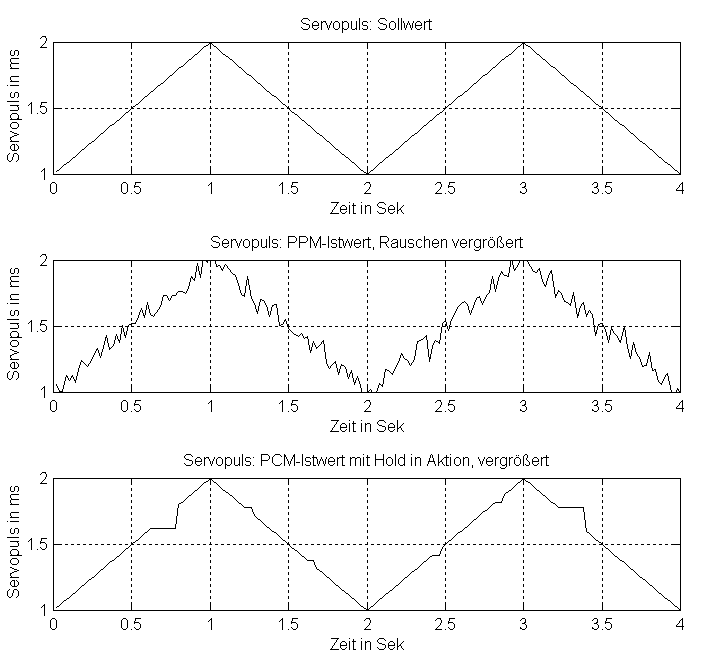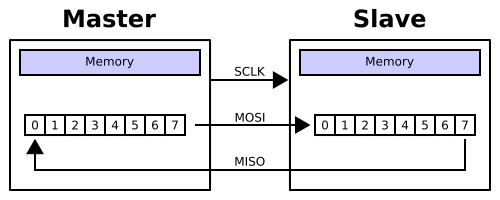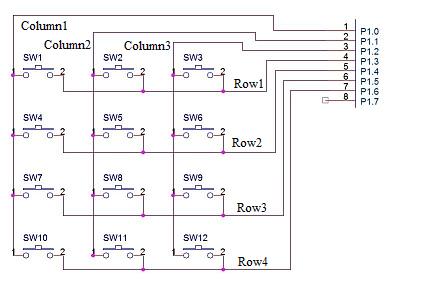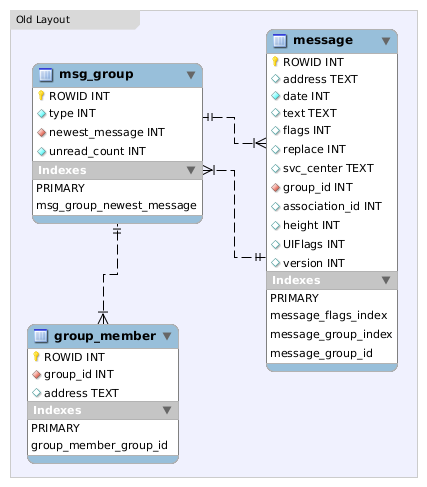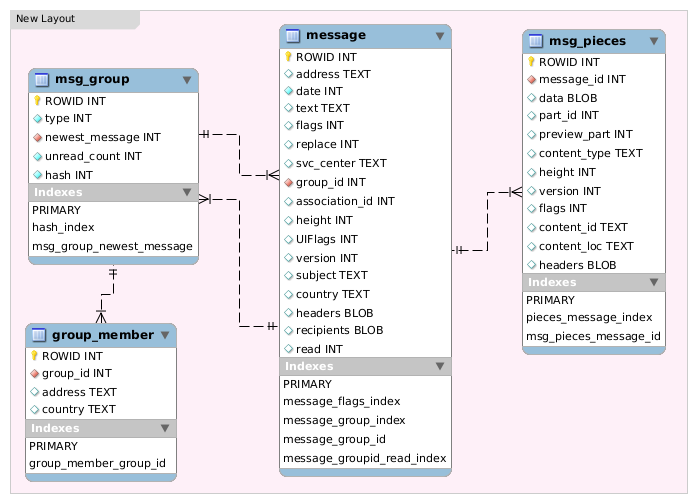Install the crossing toolchain
=======================
refer to chapter 4 安装交叉编译器
交叉编译工具链的安装文件为“ARMSYS6410-B基础配置光盘资料\Linux相关\linux2.6标准版\交叉编译器”目录下的 cross-4.2.2-eabi.tar.bz2.
>tar xjvf cross-4.2.2-eabi.tar.bz2 –C /usr/local/arm
>export PATH=$PATH:/opt/toolchains/arm920t-eabi/bin
=======================
Build tslib (touch screen)
=======================
Install necessary tools
> apt-get install autoconf automake libtool
Download souce of tslib from http://tslib.berlios.de/
Build tslib
> tar xzvf tslib-1.4.gz
> cd tslib
>./autogen.sh
>./configure -host=arm-linux -prefix=/usr/local/tslib -enable-input=no (wrong???)
tslib will be install at /usr/local/tslib. If get error, you may comment out the line " '#define malloc rpl_malloc" in config.h
>makeReference: http://blog.chinaunix.net/u2/75270/showart_1793535.html
>make install
=======================
Build Qt 4.7.1
=======================
Download qt-4.7.1
>wget http://get.qt.nokia.com/qt/source/qt-everywhere-opensource-src-4.7.1.tar.gz
>tar xfzv qt-everywhere-opensource-src-4.7.tar
Configure the Qt Embedded.
>./configure -prefix /usr/local/qt-4.7.1-armsys-6410 -embedded arm -xplatform qws/linux-arm-g++ -depths 16 -qt-mouse-tslib -I/usr/local/tslib/include -L/usr/local/tslib/lib -R /usr/local/tslib/lib -xmlpatterns -exceptions
- -qt-mouse-tslib: Qt will use tslib for touch screen
- -I/usr/local/tslib/include: lib path of tslib
- -L/usr/local/tslib/lib: includepath of tslib
- -qconfig nocursor: no cursor is shown in touch screen
- -xplatform qws/linux-arm-g++: see http://doc.qt.nokia.com/main-snapshot/qt-embedded-crosscompiling.html
Build Qt
>makeReference: http://doc.qt.nokia.com/main-snapshot/qt-embedded-crosscompiling.html
>make install

